
Adaptive Space
How GM and Other Companies Are Positively Disrupting Themselves and Transforming into Agile Organizations
Recommendation
Disruptive firms set the table where their competitors – that is, the ones that don’t get disrupted into bankruptcy – must eat. These agile companies cultivate an “adaptive space,” an unfettered creative environment that is not necessarily a physical place. They encourage the exploration and free flow of ideas through “discovery, development, diffusion and disruption.” Their openness to fresh thinking enables them to transform themselves into something newer and better. Organizational dynamics professor Michael J. Arena explains what adaptive space is, why your organization needs it to nourish agility and how you can foster it.
Summary
About the Author
Michael J. Arena, PhD, is the chief talent officer at General Motors. He teaches in the University of Pennsylvania’s organizational dynamics program and spent two years as a visiting scientist within MIT’s Media Lab.









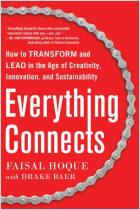
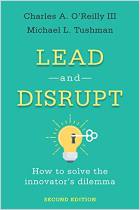
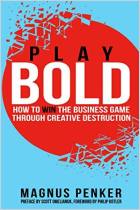
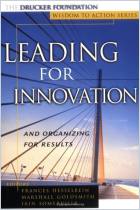
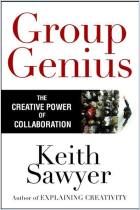
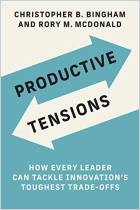



Comment on this summary